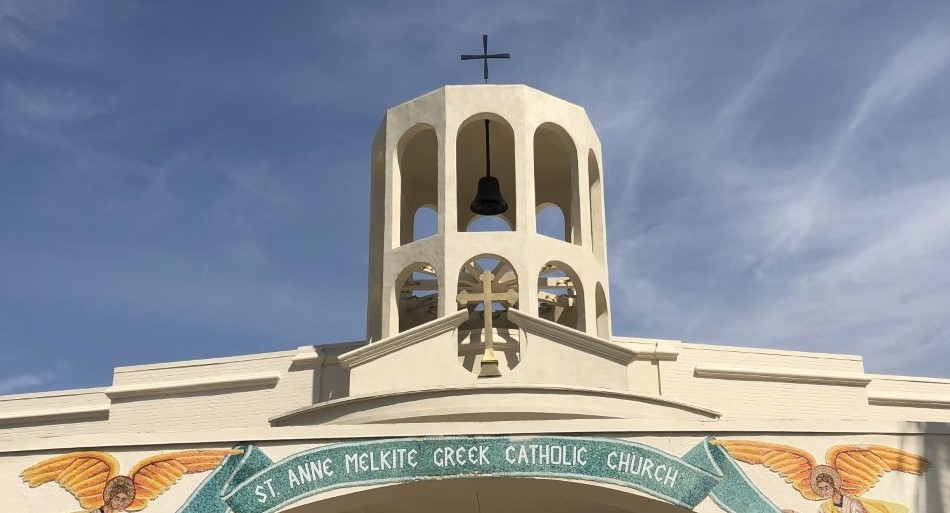One of St. Anne’s distinguishing features is its iconography. The use of icons, from the Greek meaning “image”, in an ancient Christian practice used to beautify the house of God and glorify Him. Not just for the sake of the building, but the stunning iconography gives an enhanced environment for prayer and meditation.
Throughout history, icons were used to teach the people about the various parts of the Bible, including the life of Christ, the life of the Theotokos, the Apostles, and the Saints. The earliest use of Christian icons was in the early second century, on the walls of the catacombs underneath Rome.
Some people equate the use of icons as idolatry by quoting the second commandment “Thou shalt not make any graven images…and bow down in worship them.” (Exodus 20:4-5). Like many verses in the Bible, this commandment has a particular context. We do not worship icons. We do show them honor by, for example, kissing them, but the purpose of this action is to honor the person represented in the image. In a similar manner, a person who kisses a picture of his deceased parents wouldn’t be accused of idolatry, but would say the man has a tenderhearted moment to honor his parents.
In addition there are examples in the Old Testament where God commands images to be created, despite it looking contrary to the second commandment. When creating the Ark of the Covenant, God commands Moses to construct Cherubim (Exodus 25:20), which are beings of heaven. When the people of Israel were bitten by the snakes, God tells Moses to make a bronze snake (Numbers 21:4-9), and the construction of Solomon’s temple has images of things of both heaven and earth- all done with the purpose to glorify God.
